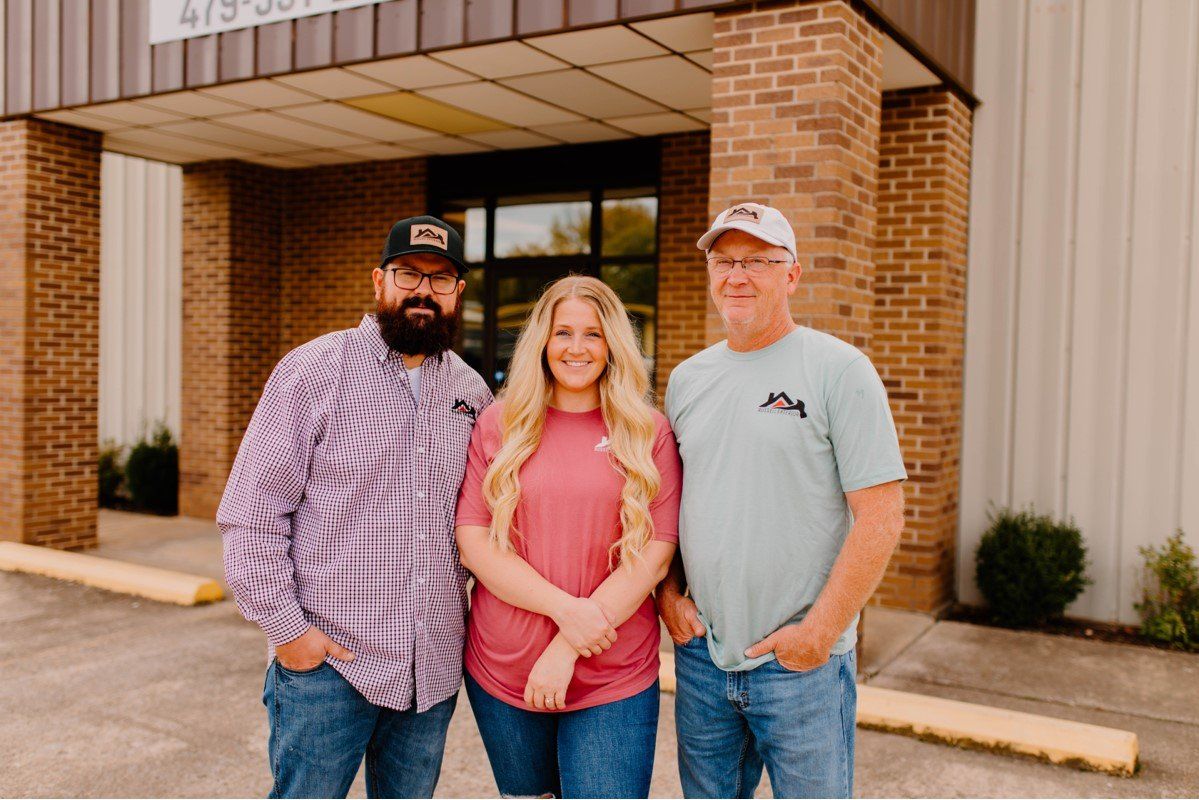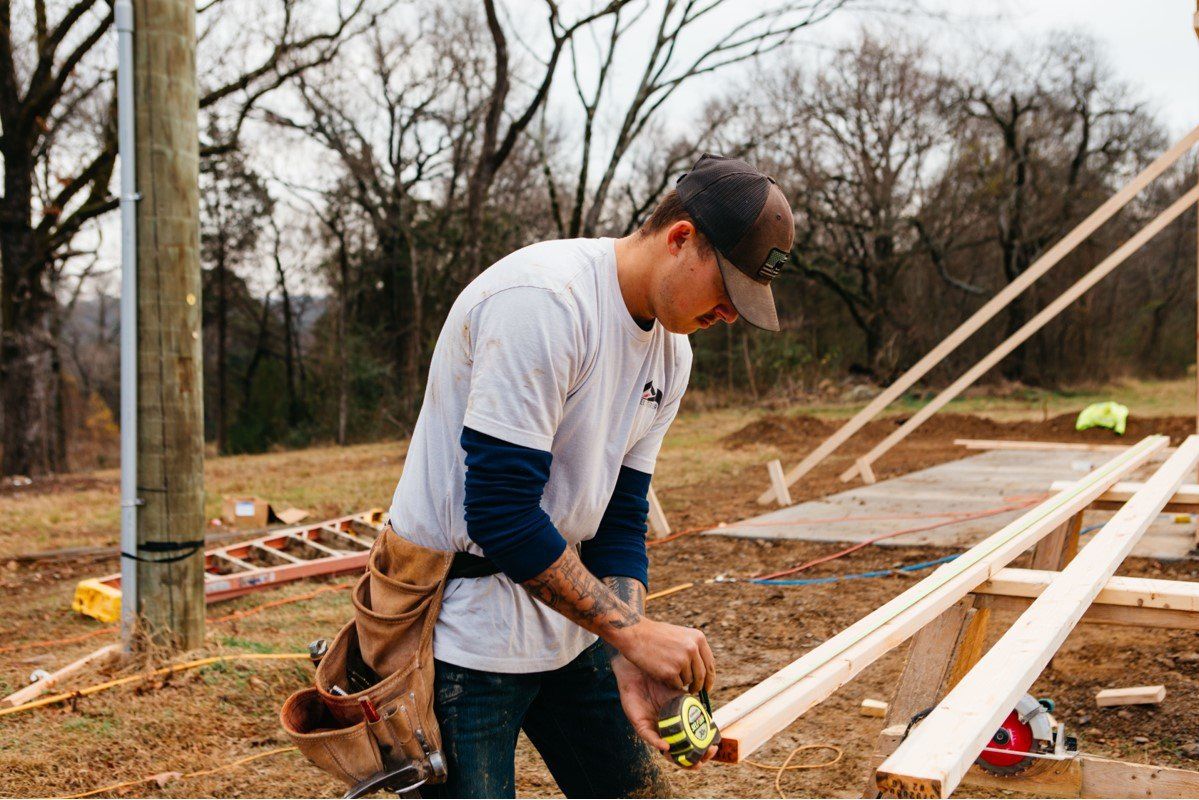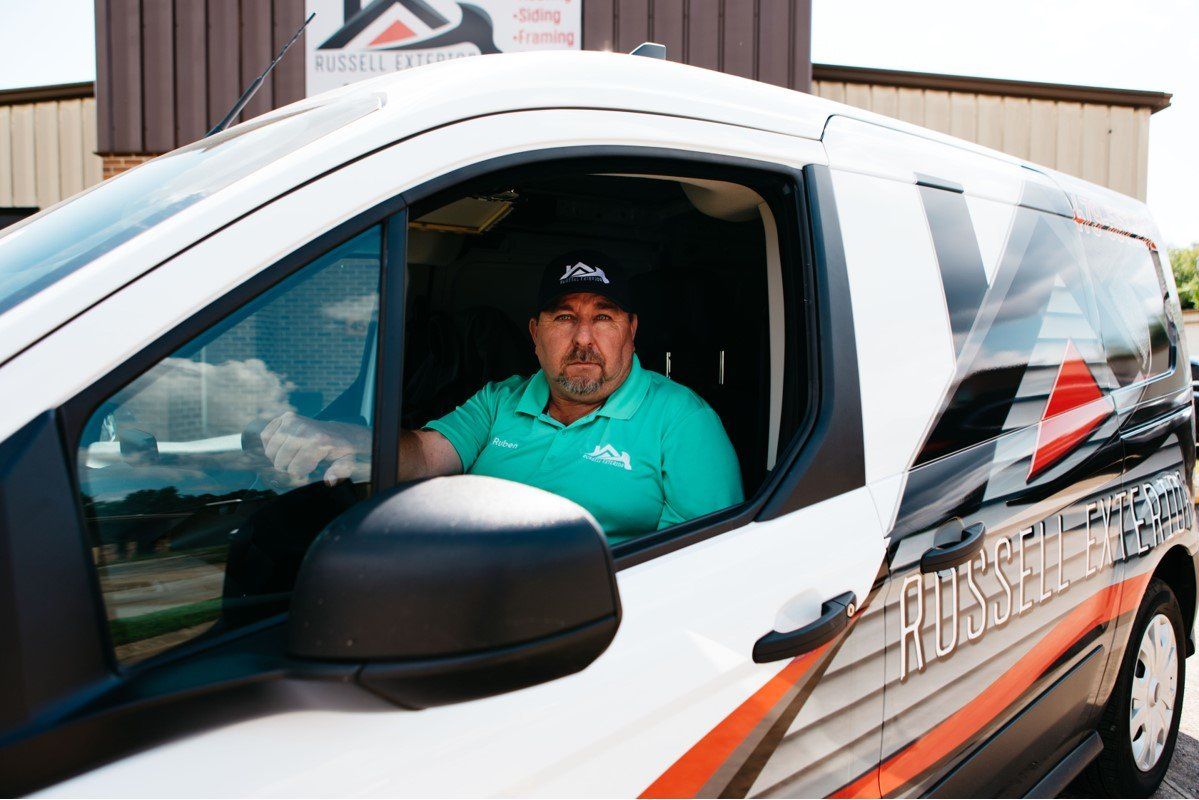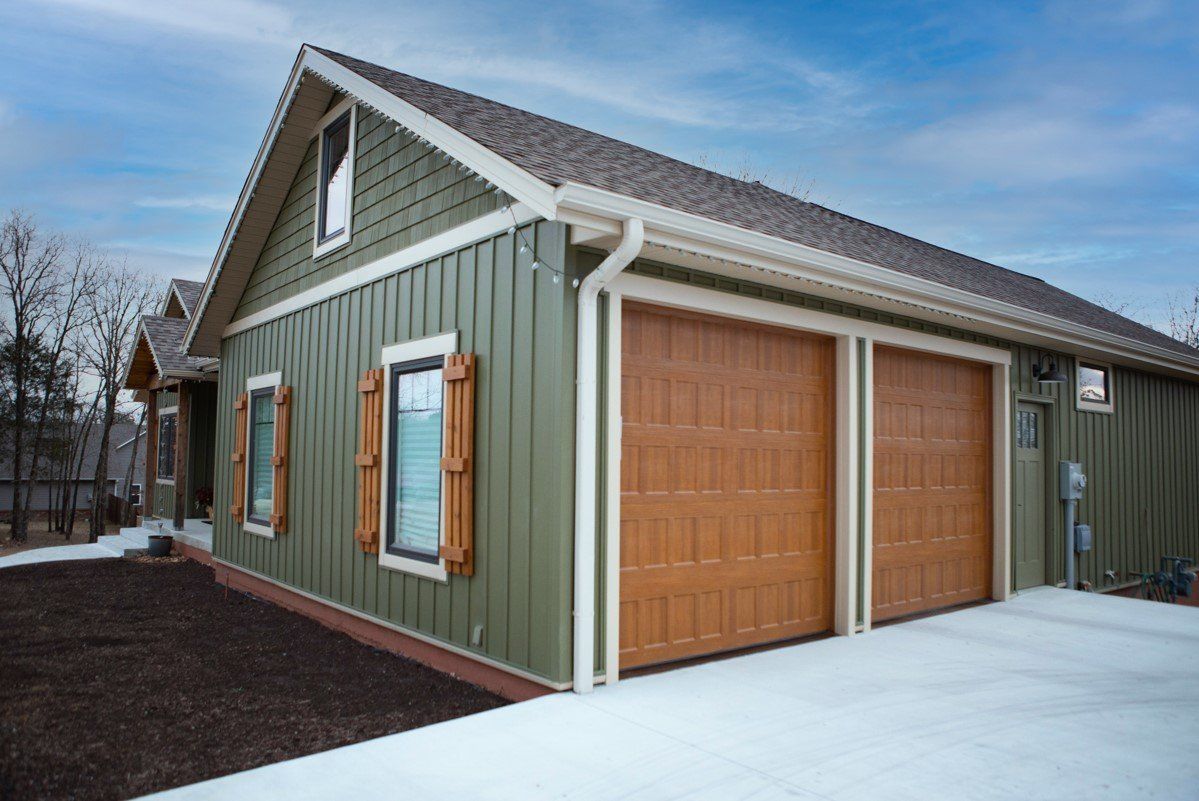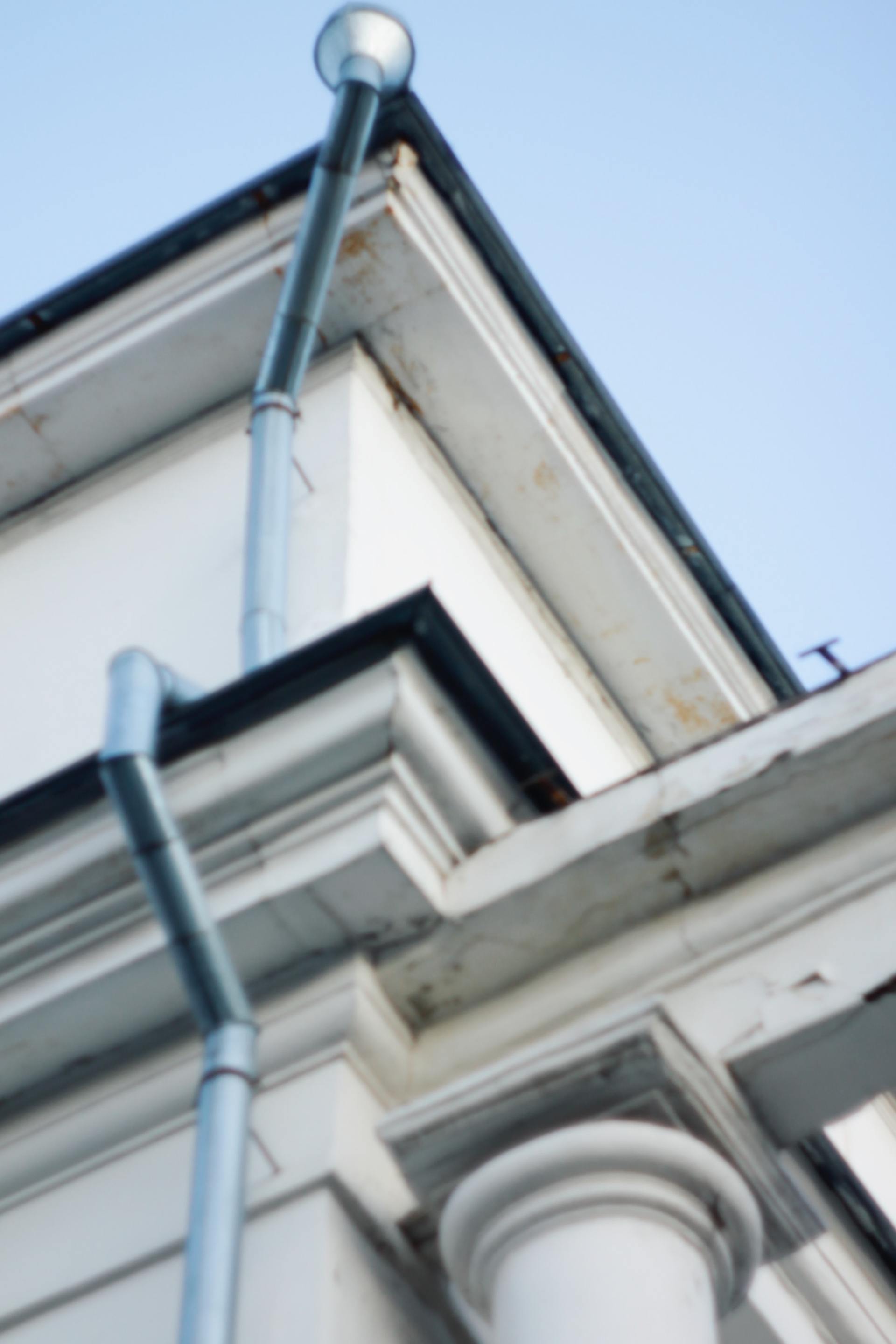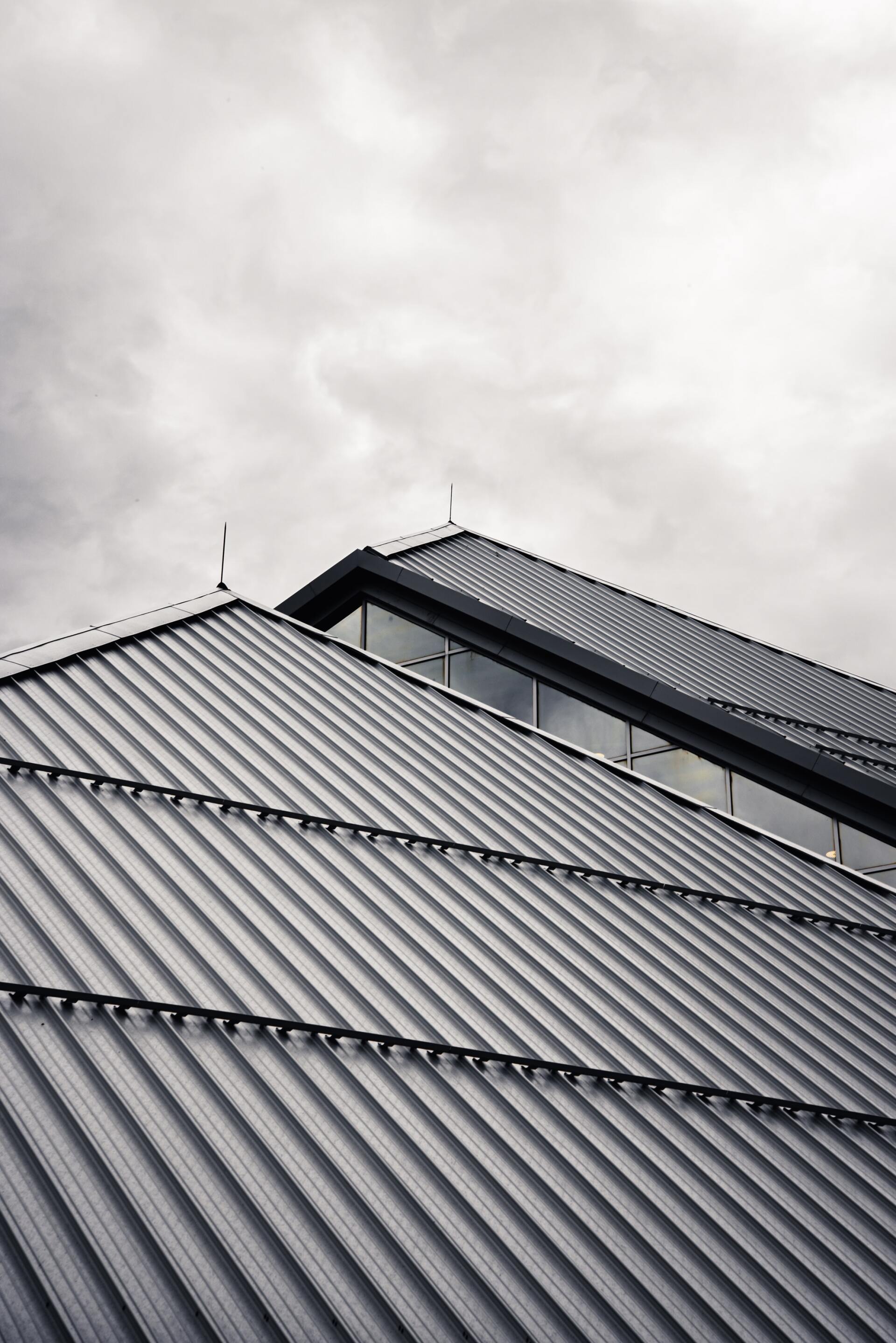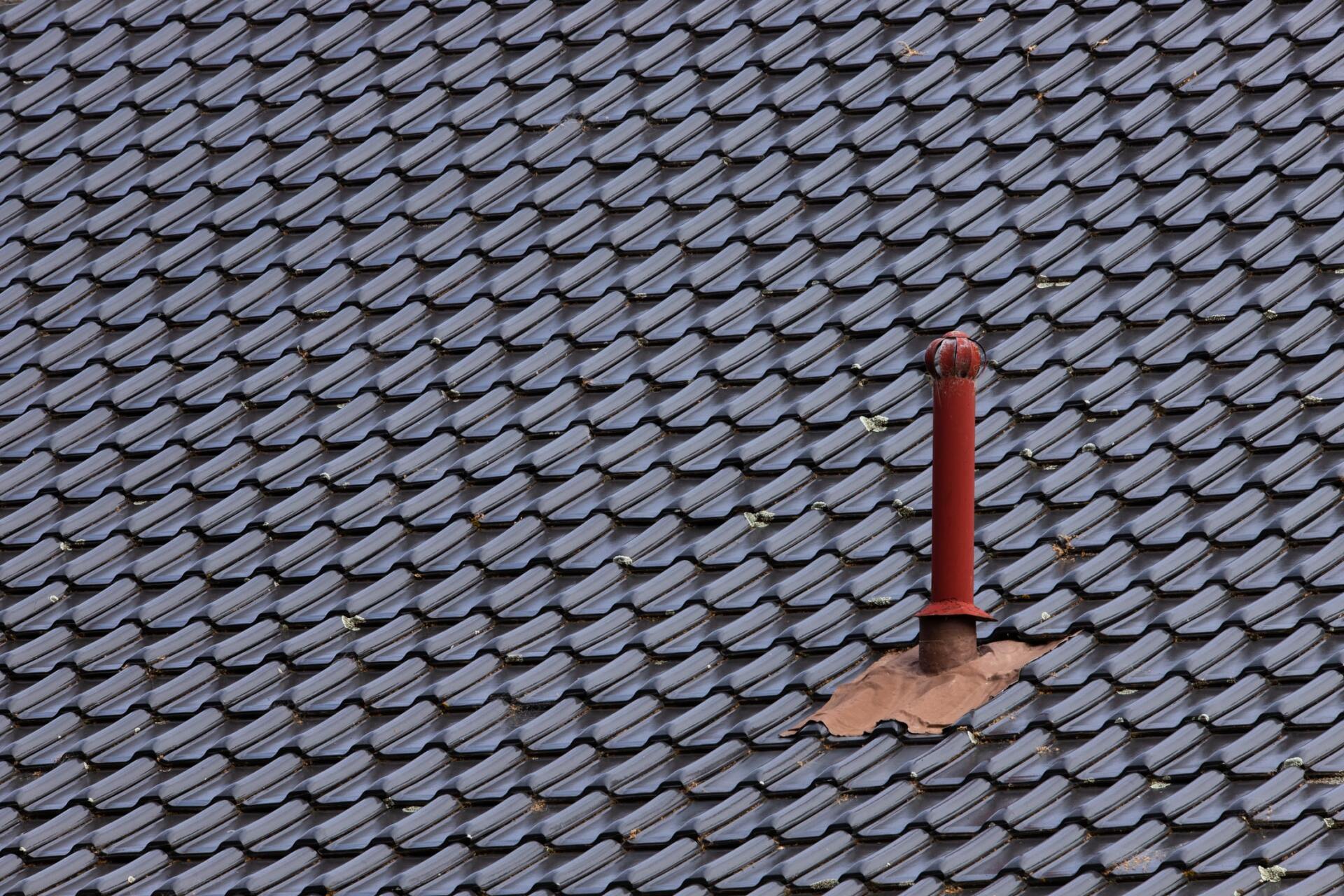How to know when it's time for a new roof?
There are many signs that you might need a new roof, and the sooner you replace your old one, the better off you will be. It is always best to get in touch with an experienced professional who can examine your house and determine whether or not it needs a new roof. If they find that it does, then some things should be considered before going through with this big project. For example: if the current shingles have lost more than half of their thickness or if any of them have curled up at all, then these may be indications that your roof requires replacing. Another sign is if water leaks inside from anywhere on the ceiling when it rains. Also, if you see dark stains of mold or algae growing on the ceiling of your attic, this is another sign of a damaged roof that needs replacing.
Get to know your roof's design.
Every roof is different, so it's important to be familiar with its specific layout and what the individual parts are called. If you aren't sure what a particular component is or why it exists then you'll have a hard time diagnosing any problems down the road. For example, if there's one part of your roof that's particularly prone to leaks, then you'll want to know ahead of time about it. Familiarizing yourself with your roof and its pieces will allow you to recognize when something is amiss.
Walk the perimeter of your roof every month or so and inspect each section for wear and tear.
Pay attention to shingles that are curling, missing, loose, or broken as well as any siding boards with rot. Also, look for shingles and boards near the peak of your roof as those spots are often the first areas to see wear and tear since they receive a lot more exposure to sunlight.
If you notice any issues, the best thing to do is make a note of them somewhere so that once you visit your roofing contractor for an estimate, you can show him or her the problems and they can help determine if there's anything that needs to be fixed right away or if it can wait until after your roof replacement.
Keep an eye on the shape of your gutters and downspouts.
Over time, these can get clogged with debris such as leaves and sticks, which can affect how well your roof can drain water. If the water isn't draining properly you'll be more likely to see leaks or damage to your roof so this problem must be addressed quickly. There are several ways to clean out your gutters, including a simple human-powered rake and bucket. If you'd prefer, though, there are also automated gutter cleaning systems available.
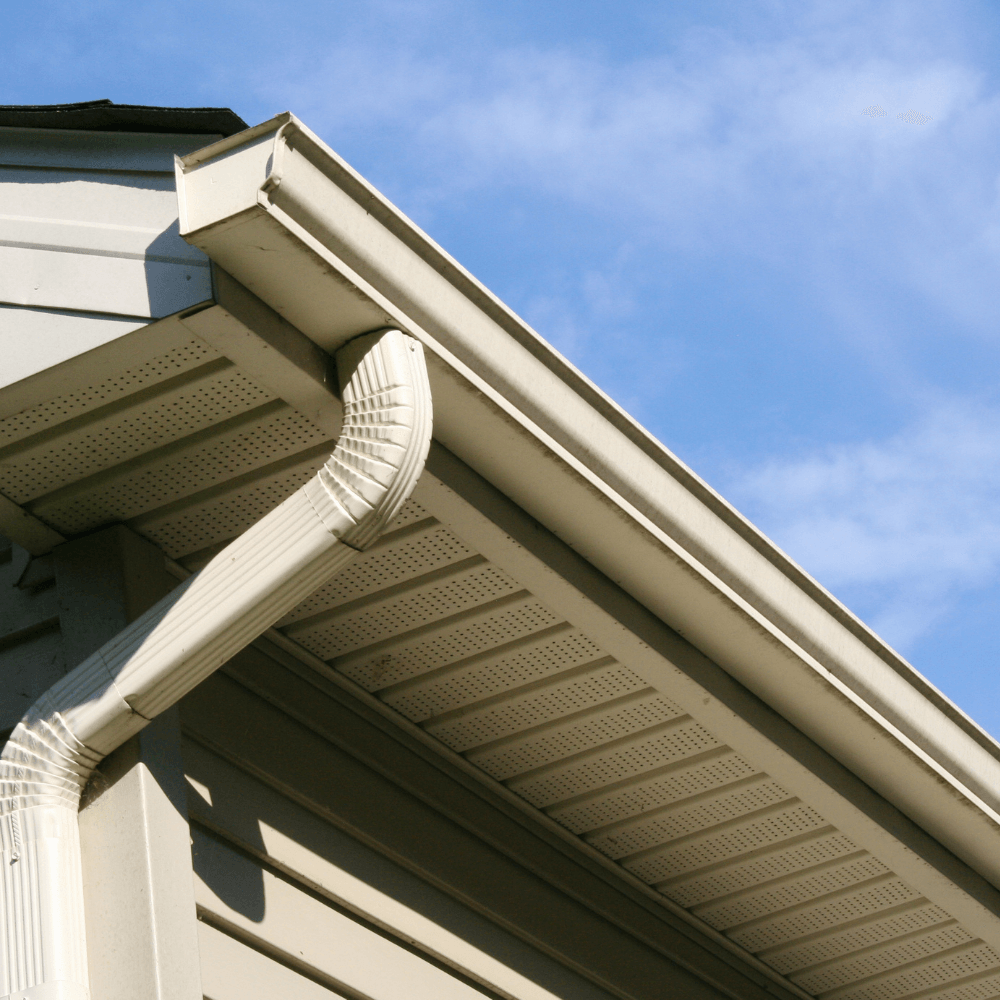
The age of your roof
Roofs can last anywhere from 15-50 years and sometimes even longer if they're well maintained and you live in an area where there aren't many thunderstorms or heavy downpours. For example, if you live in the Southeast part of the U.S. where there are quite a few hurricanes throughout the year, your roof may only last 15 years instead of 50 because it has to withstand being hit by falling trees and branches as well as rain from tropical storms.
You see watermarks on your ceiling.
Watermarks on your ceiling can mean that there is a leak somewhere in your roof. If this is happening every time it rains, then it could signal a problem with your catch pits or flash around skylights and chimneys. However, if this is just happening sometimes after rain, then you could have an actual leak in your roof that needs to be investigated by a professional.
Your shingles are curling, cracking, or becoming brittle.
If you find that your shingles are curling completely over onto themselves, splitting apart, or turning highly brittle, then it's likely they've reached the end of their life and will need to be replaced. These symptoms typically appear in asphalt shingles after about 15-20 years, although if you live in an area with hotter conditions than usual (such as Australia), then they could begin much sooner than this time frame.
You see loose granules on your roof.
One of the most obvious signs that it's time for a new roof is when you start finding loose granules on your roof. These granules are meant to protect your roof by deflecting the sun's heat and protecting your shingles from wear and tear, but if they're falling it means that your shingles aren't working as well anymore, which can be an issue in itself.
You notice mold or algae growing on your roof.
It is a sign that your roof needs to be pressure washed or replaced. If there are more than two of these things on the roof, it’s time to get a professional assessment. The mold and algae will damage the surface of the shingles and eventually destroy them from underneath. It can also cause leaking in your house, which can lead to structural problems if not taken care of right away. In addition, mold spores have been linked with asthma symptoms for some people who suffer from allergies triggered by mold exposure. Mold will continue to grow as long as moisture remains on the roof; so don't forget about any other sources such as gutters and downspouts when you're looking for leaks or checking for this type of growth.
You hear loud rumbling noises when it rains.
Whether you live in a suburban area or deeper into the country, if your house is situated higher than most of the surrounding area ( particularly any other houses), then you are more likely to get wind gusts. If your roof is built with the appropriate pitch, these gusts of air should pass over it without causing any damage or noise. However, if the pitch on your roof isn't right for this kind of weather, you may notice loud rumbling noises when it rains.
There is visible damage to your roof.
If you notice that there are large holes in your roof or rust appearing around nails and screws, then you might have a problem with corrosion. This means that the coating on your roof isn't doing its job anymore and may need to be replaced. If this issue isn't addressed it can lead to water damage and leaks.
There is visible damage to your roof.
Although many different things could cause sunlight to poke through your roof if you notice this occurring consistently during rainstorms it might mean that there is a hole in the flashing around skylights and chimneys. This will lead to leaking and other problems down the road.
When it rains heavily, if your gutters are overflowing, this might be a symptom of a system leak and you should have it looked at by an expert as soon as possible. If there's ice or snow on your roof, that means the surrounding temperature is below freezing. If this was due to a recent storm (especially if there were strong winds), you might need to check the flashing around your chimney and skylights.
